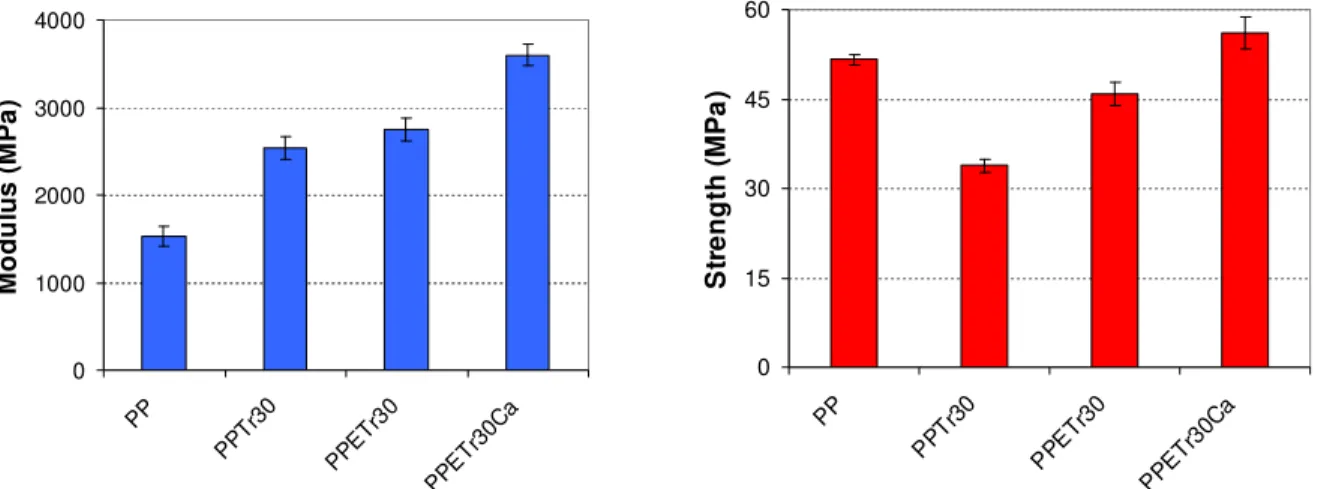Publisher’s version / Version de l'éditeur:
Polymers and the Environment: Emerging Green Technologies and Science, 2010-10-13
READ THESE TERMS AND CONDITIONS CAREFULLY BEFORE USING THIS WEBSITE.
https://nrc-publications.canada.ca/eng/copyright
Vous avez des questions? Nous pouvons vous aider. Pour communiquer directement avec un auteur, consultez la
première page de la revue dans laquelle son article a été publié afin de trouver ses coordonnées. Si vous n’arrivez pas à les repérer, communiquez avec nous à PublicationsArchive-ArchivesPublications@nrc-cnrc.gc.ca.
Questions? Contact the NRC Publications Archive team at
PublicationsArchive-ArchivesPublications@nrc-cnrc.gc.ca. If you wish to email the authors directly, please see the first page of the publication for their contact information.
NRC Publications Archive
Archives des publications du CNRC
This publication could be one of several versions: author’s original, accepted manuscript or the publisher’s version. / La version de cette publication peut être l’une des suivantes : la version prépublication de l’auteur, la version acceptée du manuscrit ou la version de l’éditeur.
Access and use of this website and the material on it are subject to the Terms and Conditions set forth at Compatibilisation in Triticale cellulose - PP composites
Ngo, Tri-Dung; Hu, Wei; Ton That, Minh tan; Denault, Johanne; Bélanger, Christian; Chute, Wade; Kloeck, Trevor
https://publications-cnrc.canada.ca/fra/droits
L’accès à ce site Web et l’utilisation de son contenu sont assujettis aux conditions présentées dans le site LISEZ CES CONDITIONS ATTENTIVEMENT AVANT D’UTILISER CE SITE WEB.
NRC Publications Record / Notice d'Archives des publications de CNRC: https://nrc-publications.canada.ca/eng/view/object/?id=8d10e98d-0e70-48d4-9cf8-ffaf4739f0c6 https://publications-cnrc.canada.ca/fra/voir/objet/?id=8d10e98d-0e70-48d4-9cf8-ffaf4739f0c6
COMPATIBILISATION IN TRITICALE CELLULOSE - PP COMPOSITES
Tri-Dung Ngo1, Wei Hu1, Minh Tan Ton-That1, Johanne Denault1, Christian Belanger1, WadeChute2, and Trevor Kloeck3
1
Industrial Materials Institute, National Research Council of Canada 75 De Mortagne Blvd., Boucherville, QC, Canada J4B 6Y4
2
Bio-Industrial Development Branch, Agri-Food Discovery Place Building F-83, 6004 118th Street, Edmonton, AB, Canada T6H 2V8
3 Alberta Innovates - Technology Futures, 250 Karl Clark Road
Edmonton, AB, Canada T6N 1E4 ABSTRACT
With considerable awareness to preserve environment and the petroleum run-of, great efforts across the globe have been pushed for the search of renewable and bio-degradable sources of material available on the earth. In this paper, the potential of using triticale straw particles, a renewable cellulose source, for the fabrication of green composites based on polypropylene (PP) was evaluated. The composites with different formulations and triticale concentrations were compounded using the C. W. Brabender Plasti-Corder and samples for testing were fabricated by compression molding. The structure and properties of PP triticale composites were characterized by means of various techniques, including scanning electron microscopy (SEM) and differential scanning calorimetry (DSC). The mechanical performance of composites was also evaluated. The results obtained demonstrate that without coupling agent triticale particles play a role of filler which increases the modulus while reducing the flexural strength. However, the presence of coupling agents based on maleic anhydride-grafted PP (MAgPP) can improve the strength but not the modulus. The newly developed formulation based on the combination of a coupling agent (MAgPP) and reactive additive (CaO) provides superior strength and modulus that can upgrade the triticale particles from regular filler to reinforcement categories (Fig 1). The observed improvements in composite strength can be interpreted by the enhancement of the fiber-matrix interface due to the presence of the reactive additives.
0 1000 2000 3000 4000 PP PP Tr3 0 PP ET r30 PP ET r30 Ca M o d u lu s ( M P a ) 0 15 30 45 60 PP PP Tr3 0 PP ET r30 PP ET r30 Ca S tr e n g th ( M P a )
Figure 1. Flexural properties of PP triticale composites with different formulations
Acknowledgement: Authors would like to thank to Deb Henry, Dean Rolheiser and Joyce Zhou for their contributions on the preparation of the triticale particles and also the Agriculture and Agri-food Canada for the funding via the ABIP-CBTI project.
